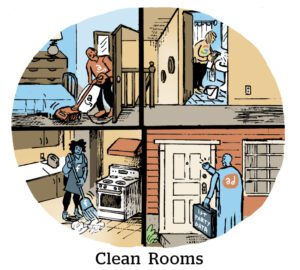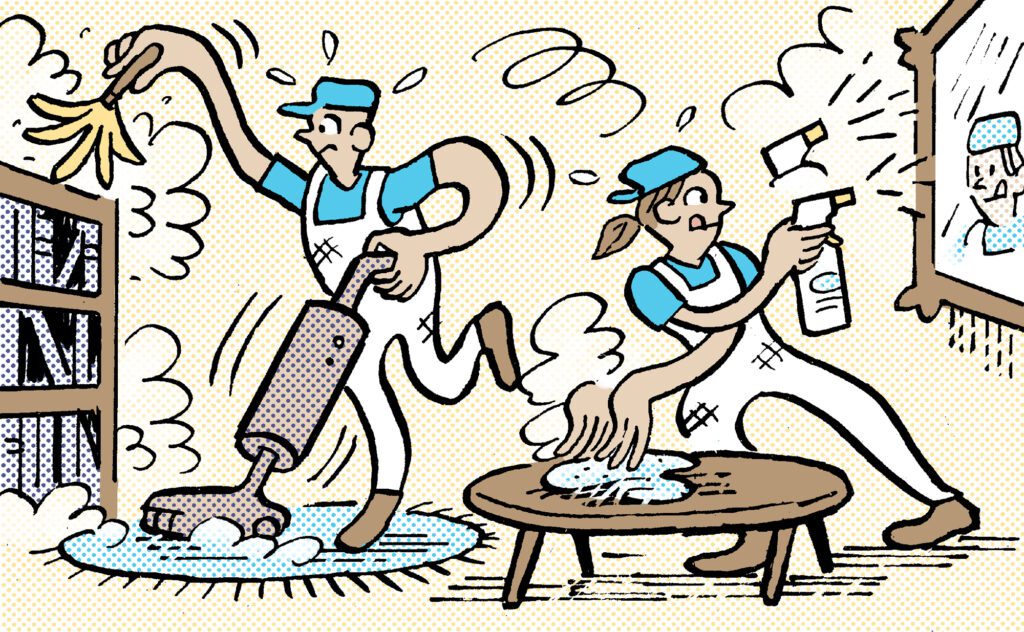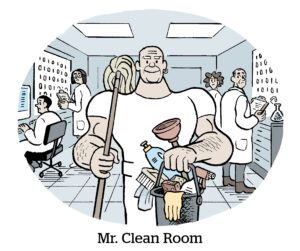If I had a dollar for every headline I’ve seen about data clean rooms in the last month, I’d be writing from a yacht in the Bahamas. (Well, not really, but clean rooms are dominating ad tech conversations.)
In the last four weeks, Paramount and TV measurement company Tatari each launched their own clean rooms, while the IAB Tech Lab finalized its first set of clean room specifications.
Heck, an out-of-home publisher even unveiled clean room integrations earlier this week.
What’s the deal?
The main purpose of a data clean room is to help media and tech companies securely share and analyze data – an increasingly acute need in light of privacy regulations. But the rise of connected TV (CTV) has spurred clean room adoption to new levels because of inventory fragmentation.
Advertisers can’t measure CTV campaigns across different inventory sources unless media companies make their viewing data available outside their own walls. Today, clean room tech is the only viable solution, but its existence is not a guarantee that publishers will feel comfortable making their data more widely available.
Safety first
The fact that publishers are so protective of their data is why clean rooms alone won’t give CTV advertisers the data interoperability they’re demanding.
Clean rooms can’t help with cross-publisher measurement unless programmers are willing to connect their data with that of other media companies.
Convincing publishers means making clean rooms easier to use and ensuring they really are privacy safe.
For example, clean rooms have been moving to a more cloud-based model so companies can connect data without having to move it between different sets of software, which could cause leakage.
The IAB Tech Lab also just released its first set of clean room specifications earlier this week, including recommendations for securely matching encrypted audiences and avoiding so-called “collusion scenarios” in which data is shared in an unauthorized manner, which could happen if a media company owns and operates its own SSP.
Give me data already
But privacy protection isn’t the only concern.
Programmers also want to know how they can directly benefit from using a cloud-based clean room.
For example, if advertisers are able to measure their campaigns across multiple publishers, they can make optimizations to increase their own return on ad spend, which also increases inventory yield for publishers.
Still, some programmers have remained hesitant to lower their garden walls.
In Tatari’s case, it launched a separate sister company to house its clean room to avoid perceived conflicts of interest. It hopes media companies will consider using its clean room since it’s not a rival programmer.
Paramount, meanwhile, is pitching its clean room – including to its competitors – as a way to help other programmers win over advertisers by enabling interoperability.
Travis Scoles, the company’s SVP of advanced advertising, put it more bluntly: The TV space will be divided into “those who run walled gardens and those who don’t.”
What Tatari and Paramount have in common is an end goal of helping advertisers compare their campaigns across competing media companies.
What I’m wondering is: Will an interoperability pitch be enough to convince programmers to use these new clean rooms?
Let me know what you think. Hit me up at [email protected].















